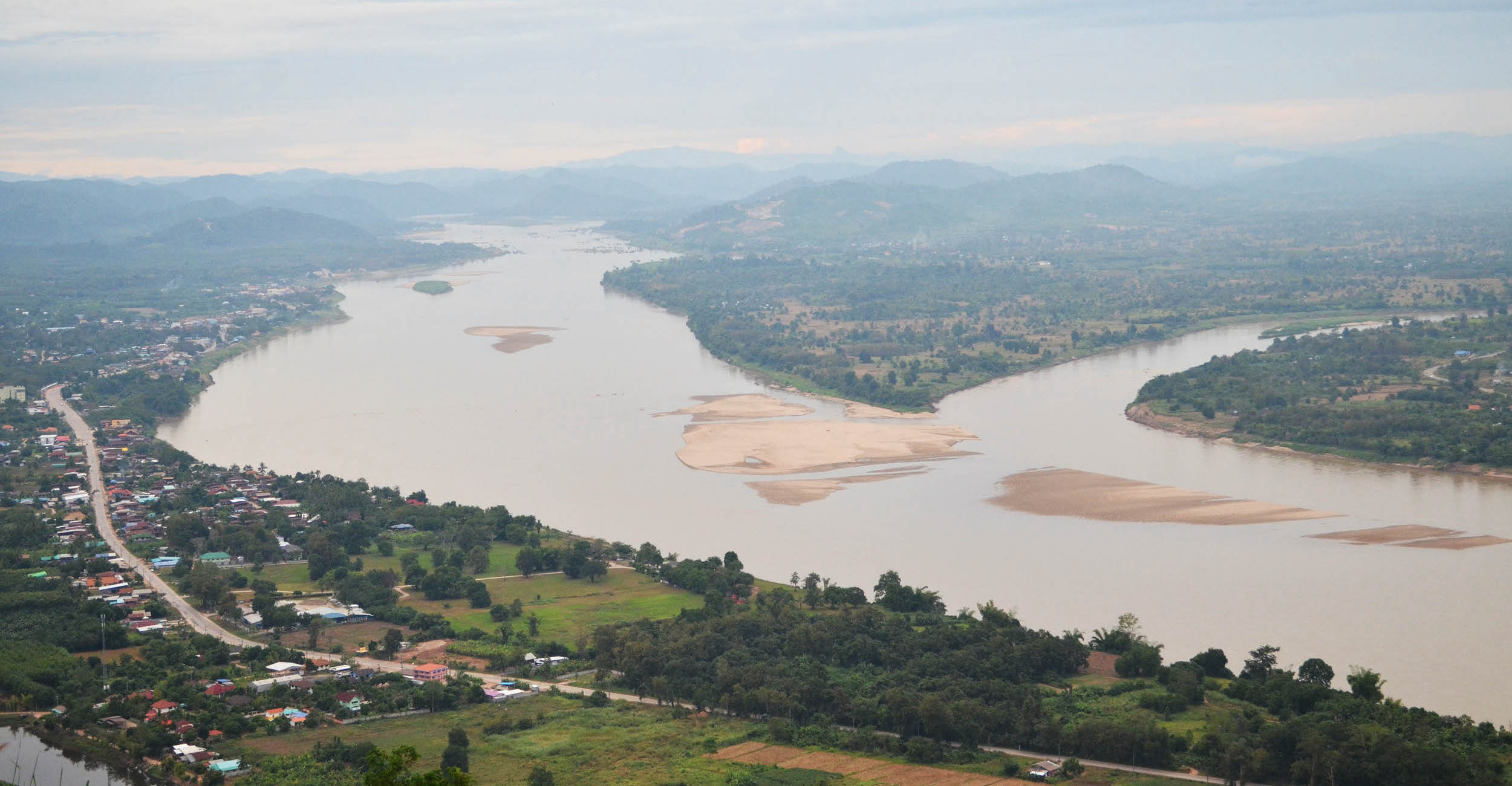
OSU joins international water security research effort
Thursday, August 19, 2021
Media Contact: Alisa Boswell-Gore | Agricultural Communications Services | 405-744-7115 | alisa.gore@okstate.edu
Oklahoma State University Ag Research scientists will participate in an international effort to address water security and resource management issues across the world.
OSU will collaborate in the $2 million National Science Foundation grant project called the PEER2PEER Program. Managed by the National Academies of Sciences, Engineering and Medicine, this network will bring together researchers from international research programs around the world to monitor and document the signs and impacts of drought and learn how to overcome water security issues.
The program will feature workshops, technical trainings, faculty and student exchanges, field visits, outreach and dissemination. It will also develop an online platform to facilitate research collaboration.
“We want to advance transboundary water security research, education and outreach using a social approach to water resource management, shared policy and governance, and drought monitoring and assessment,” said Ali Mirchi, OSU assistant professor of water resources engineering.
According to the NSF, transboundary river basins cover about 72% of the U.S. landmass and more than 47% of the Earth’s land area, providing homes to 3 billion people in 150 countries. Shared by two or more countries, transboundary river basins are often hotspots for both water conflicts and cooperation efforts.
According to Dalal Najib — NASEM director of science and engineering capacity development and principal investigator on the grant — Mirchi was invited to speak at the fall 2019 Partnership for Enhanced Engagement in Research (PEER) Program’s regional meeting on transboundary water resources management in Tashkent, Uzbekistan, due to his expertise in water resources management and his commitment to establishing new collaborations.
She, Mirchi and Amir Aghakouchak, another principal investigator on the project, began comparing their experiences working in the Middle East and Central Asia.
“We thought it would be great to connect the water networks in both regions with the U.S. network of water experts and create a platform for knowledge exchange and collaborations,” Najib said. “This is how the idea was born. I love that this proposal is mainly the result of continued engagement in multiple NASEM programs and Dr. Mirchi’s strong commitment to international collaboration and his ability to connect the dots and go the extra mile to develop new programs.”
The following are the goals of the PEER2PEER program:
- Advance the science of transboundary drought monitoring and enable data sharing on transboundary water security.
- Develop mechanisms for collaboration among well-established regional transboundary water science networks.
- Mentor the next generation of water research professionals.
“The vision is to create a global network of regional water networks to serve as a vehicle for knowledge exchange, integration and discovery among U.S. researchers and their international counterparts with a focus on transboundary water security,” Mirchi said.
He added that this will be accomplished through network-based monitoring and documentation and by using multiple interdisciplinary data streams and tools.
Along with University of California-Irvine researchers, Mirchi will provide domain expertise in water resources.
“The project is a network-building project, so we’ll convene with members recruited into this network from different countries to get input on how to approach water resource issues as a collective at a global level,” he said.
The research team will seek solutions to the water security challenges of drought; avenues for science diplomacy in complex hydropolitical environments; and how scientists can overcome social, cultural and political barriers to do technical work that supports better water resource management.
“There is a network of different projects in different countries, and we want to bring them together. A lot of these projects are working on water-management problems, but they are producing their research and data in isolation; they don’t have that cross-network communication,” Mirchi said. “By having cross-network communication, there are opportunities to synergize and come up with research themes and help advance transboundary water security research.”
